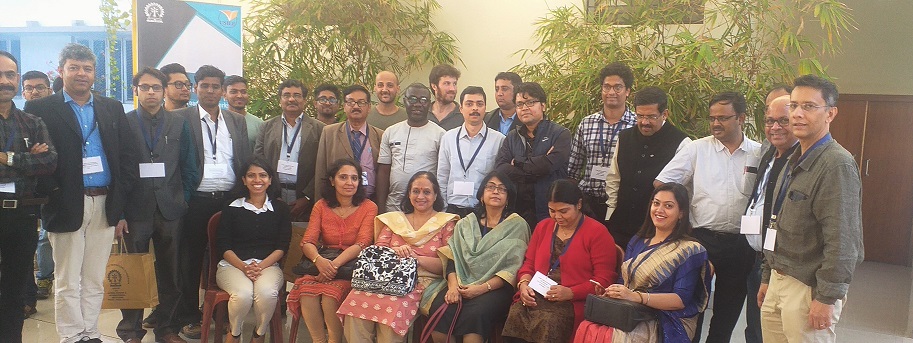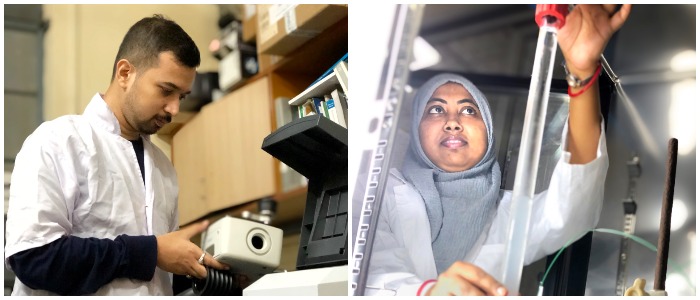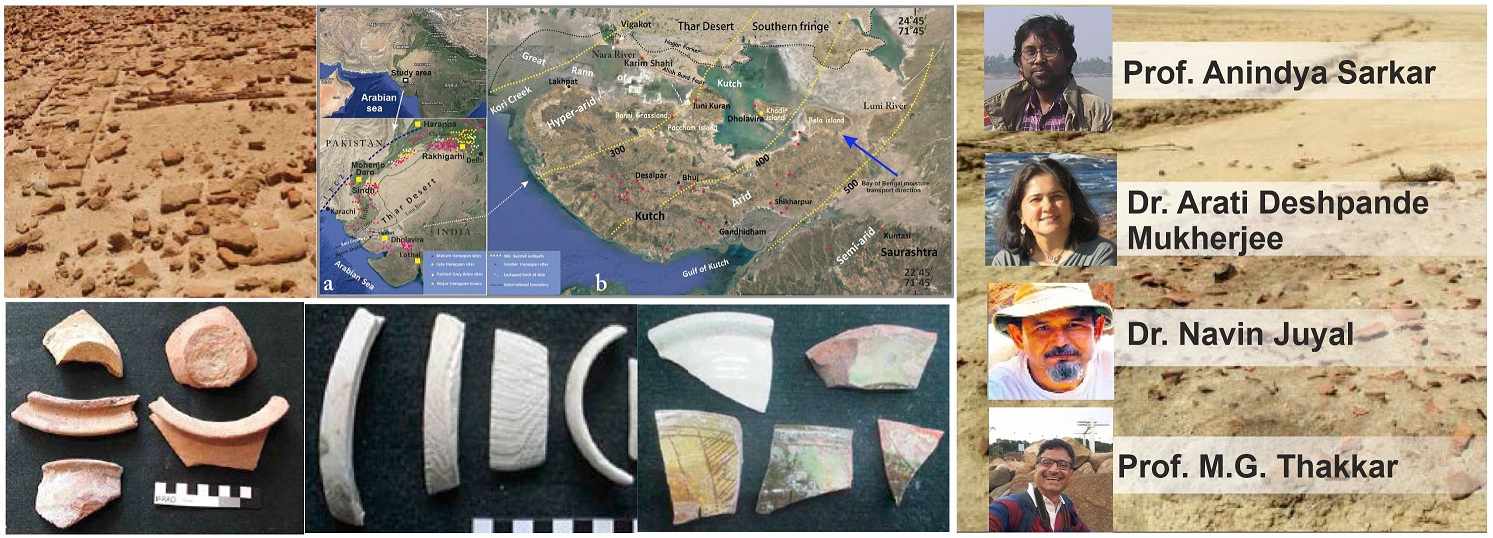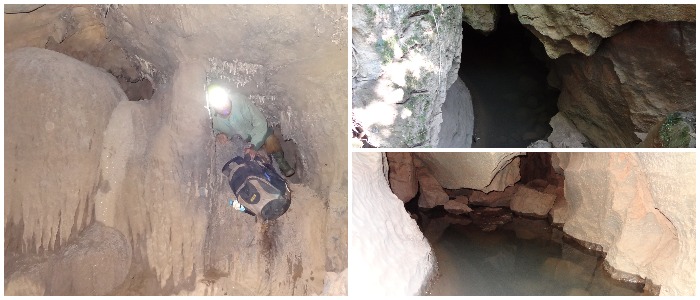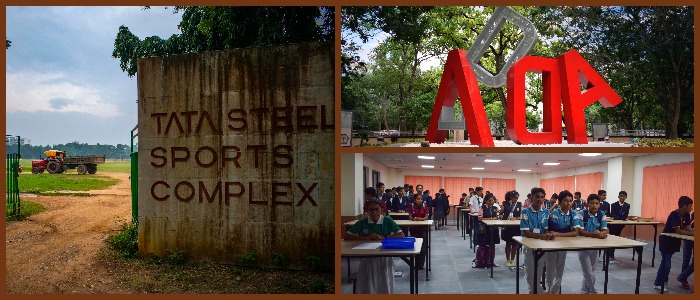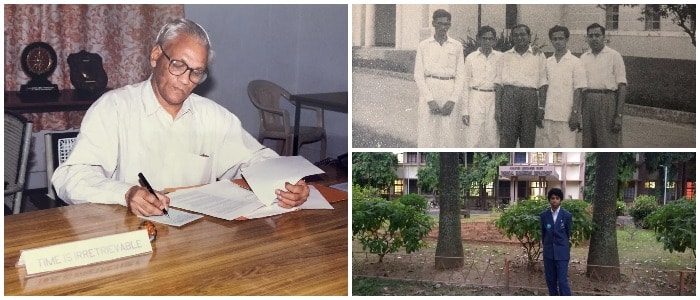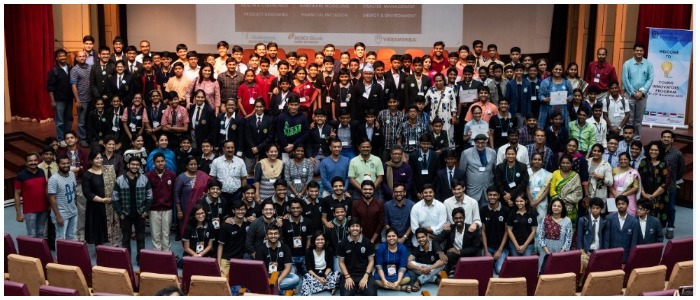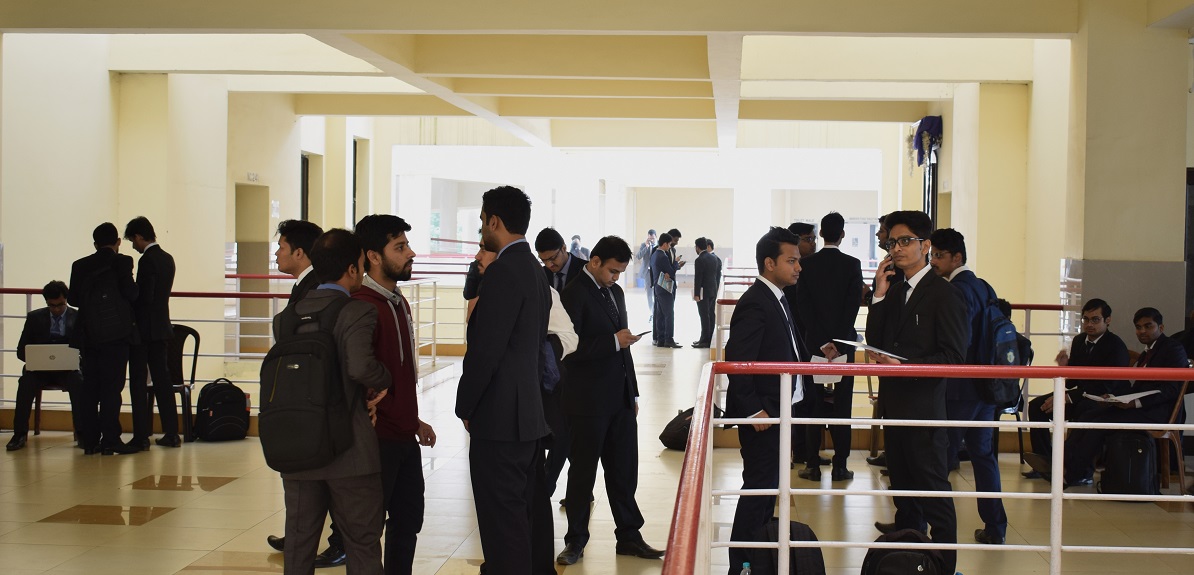
Placement Begins
It is the time of the year when all eyes are towards the IITs - as December hits, so does the placement season at IITs. At IIT Kharagpur with 282 PPOs the Institute is aiming to secure 1000+ placements in less than a week’s time. Already three PSUs have recruited and more are expected in the coming months. This year several first-time recruiters will visit the IIT Kharagpur campus including top corporate brands like Sony Japan, PayPal, P&G India, Nestle India, Nomura. The Institute will also be welcoming back international recruiters like Apple, Microsoft Redmond, Uber, Amex, Qualcomm, Mercari Japan…

